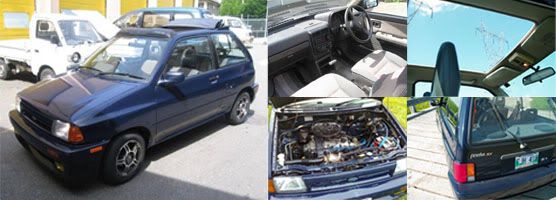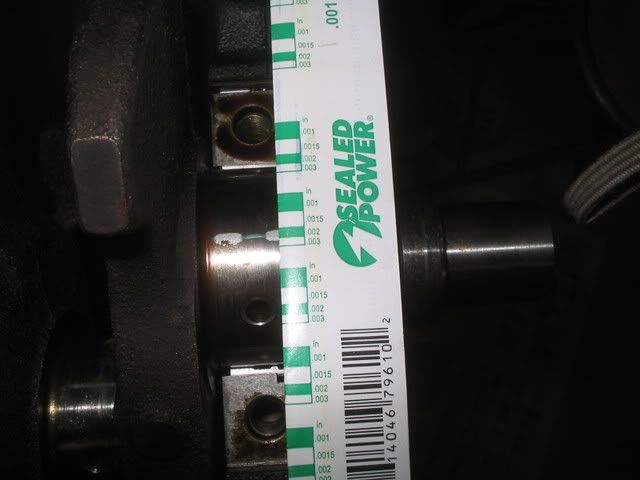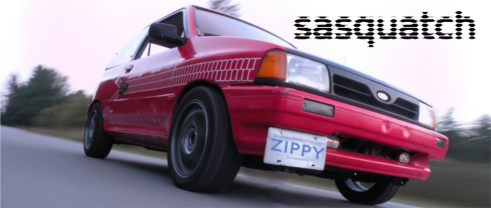#1.. Gapping Rings??? I'd never heard about this before seeing it in the haynes manual.. even then i still dont get it.. if i ordered std size rings shouldn't they be the right size? seems a pain to have to file down 16 rings
#2.. Plastigague stuff... also saw this in the haynes manual.. again is this necessary? i got new main&rod bearings
#3 What should i use for "engine assembly lubricant".. the local parts store didnt have anything advertised for this purpose
Sorry, these are prolly silly questions that will make some of you chuckle, but hey..
#2.. Plastigague stuff... also saw this in the haynes manual.. again is this necessary? i got new main&rod bearings
#3 What should i use for "engine assembly lubricant".. the local parts store didnt have anything advertised for this purpose
Sorry, these are prolly silly questions that will make some of you chuckle, but hey..







 ops:
ops:
Comment